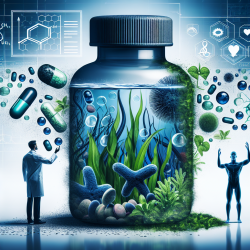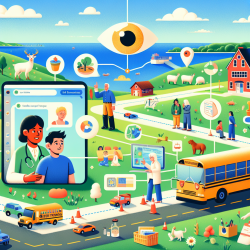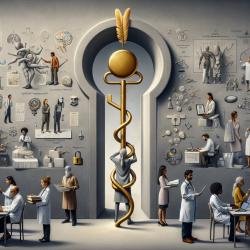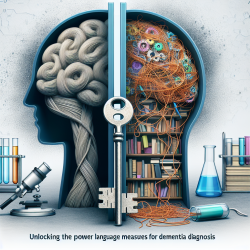As a practitioner in the field of health and wellness, staying informed about potential risks associated with dietary supplements is crucial. One such area of concern is the presence of microcystin toxins in blue-green algae (BGA) supplements. This blog post aims to provide insights from a significant research study on this topic and offer guidance on how practitioners can apply these findings to improve their practice.
What Are Microcystin Toxins?
Microcystins are potent toxins produced by certain types of blue-green algae, particularly Microcystis aeruginosa. These toxins are known for their hepatotoxic effects and potential role as tumor promoters. When BGA products, such as those containing Aphanizomenon flos-aquae, are harvested from areas like Upper Klamath Lake in Oregon, there is a risk of contamination with microcystins due to the coexistence of these algae species.
The Research Findings
The study "Assessing potential health risks from microcystin toxins in blue-green algae dietary supplements" highlights the widespread contamination of BGA products with microcystins. The Oregon Health Division's investigation revealed that 85 out of 87 samples tested contained microcystins, with 72% exceeding the regulatory limit of 1 microg/g. The most toxic variant, microcystin-LR, was identified as the predominant congener.
Implications for Practitioners
As a practitioner, understanding these findings is essential for advising clients who may use BGA supplements. Here are some steps you can take:
- Stay Informed: Keep up-to-date with current research on dietary supplements and potential contaminants.
- Educate Clients: Inform clients about the potential risks associated with BGA supplements and discuss safer alternatives.
- Encourage Testing: Recommend that clients choose products tested for microcystin contamination or sourced from reputable manufacturers.
- Advocate for Regulation: Support initiatives aimed at stricter regulation and testing of dietary supplements to ensure consumer safety.
The Path Forward
The research underscores the need for continued vigilance and further investigation into the safety of BGA products. As practitioners, we have a role to play in advocating for our clients' health by encouraging informed decision-making and supporting ongoing research efforts.
To read the original research paper, please follow this link: Assessing potential health risks from microcystin toxins in blue-green algae dietary supplements.










